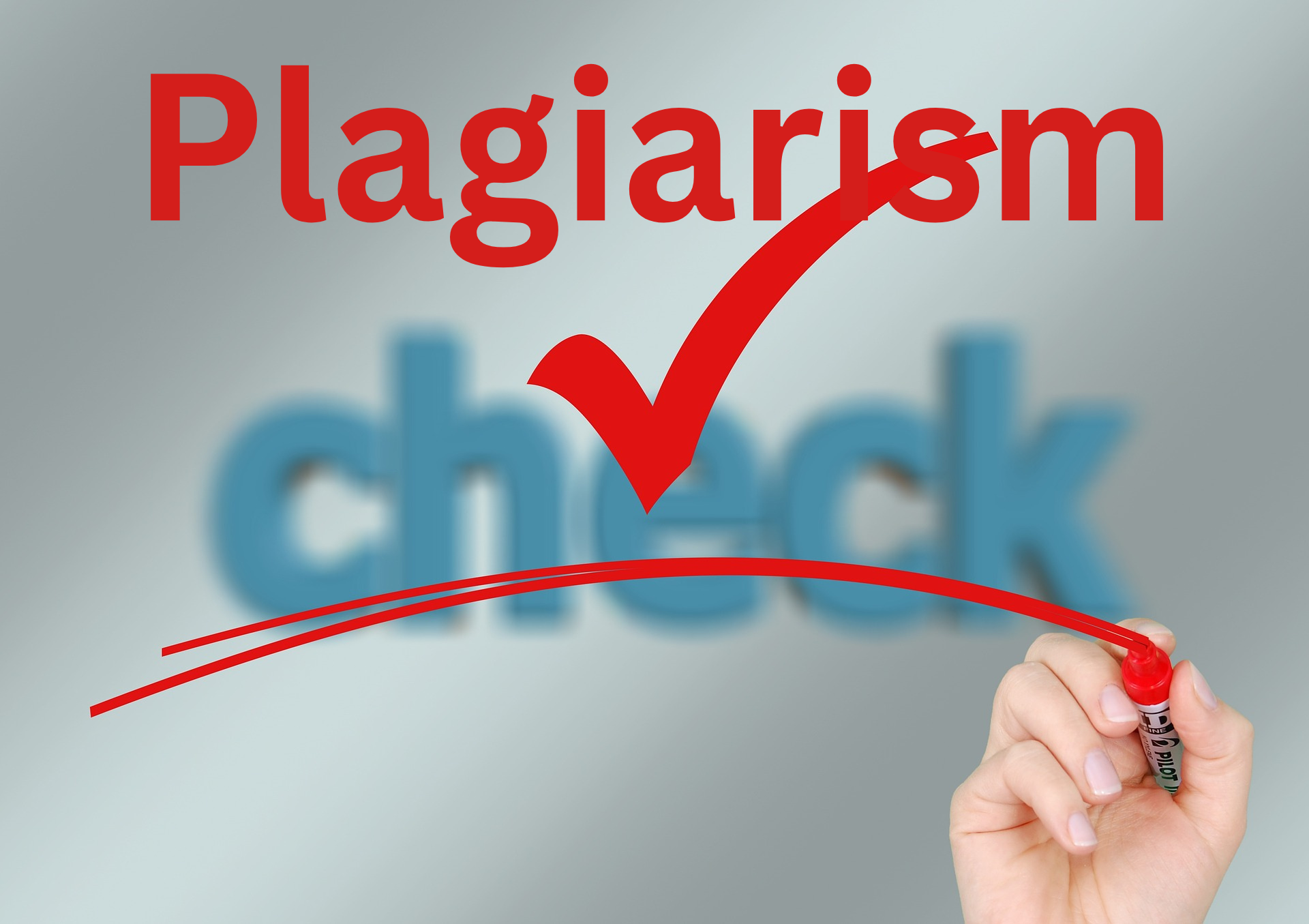5 Common Mistakes Researchers Make While Using Plagiarism Checkers
Research Integrity • Practical Guidance
Common Mistakes Researchers Make While Using Plagiarism Checkers
A Plagiarism Checker is indispensable for credible scholarship. However, missteps can create blind spots and false reassurance. This concise, European-style guide explains what to avoid—and how to work more precisely.

Robust originality checks combine technology with sound academic practice. Below are common errors that undermine outcomes when using any plagiarism checker, and practical ways to course-correct.
High-recall scanning • AI detection • Exportable, editor-friendly reports
Relying Solely on Free Tools
Free services often index fewer scholarly sources, producing partial or noisy results. For manuscript-grade assurance, prefer a professional platform such as Red Paper, which scans broadly for higher recall and clearer reporting.
Treating Similarity as a Citation Fix
A checker highlights overlap; it does not repair missing, inaccurate, or inconsistent references. Revisit citation practice and attribution norms—see this overview for the conceptual baseline.
Overlooking Self-Plagiarism
Reusing your own text without disclosure can breach editorial policy. Declare overlaps, cite earlier outputs, and paraphrase with care—treat self-reuse as you would third-party material.
Skimming the Similarity Report
A single percentage obscures nuance. Inspect sources line-by-line, dismiss false positives, and correct weak paraphrasing. A low score may still contain problematic passages.
Misreading AI-Generated Text
Not all tools surface AI-written passages reliably. Use platforms with explicit AI detection: Red Paper adds an additional layer to maintain transparency and originality.
Best practice: Pair a rigorous Plagiarism Checker with disciplined writing—accurate citation, cautious paraphrase, and explicit disclosure of reused content.
Effective use of a plagiarism checker is a craft: it blends precise reading of reports with ethical judgement. Avoid these pitfalls to protect originality and strengthen your manuscript. For comprehensive similarity analysis, AI-content detection, and clear reporting, consider Red Paper.
Created by Team, Red Paper • 25 Aug 2025








